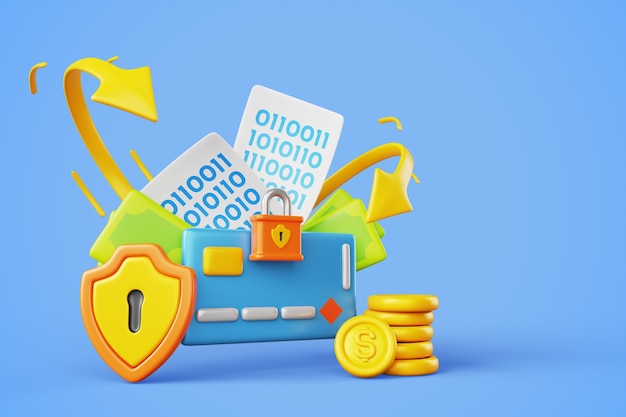
Are you feeling stressed as you contemplate the best way to settle your existing debts? There are quite a few strategies that you can employ to achieve financial independence, but it can be confusing to decide which one will work best for you. One thing’s for sure: without a plan in place, especially if you’re juggling various types of debt, you’re unlikely to make much progress.
Just covering the minimum payments on your debt won’t do much good. You’ll just find yourself paying a great deal in interest while barely making a dent in the principal amount. Hence, it’s essential to learn about these three popular debt repayment strategies, each designed to help you clear your debt more swiftly by focusing more on paying down one particular debt first.
To make an educated choice, it’s beneficial to have a clear understanding of your overall debt – the interest rates, minimum payments, and outstanding balances. Also, try to figure out how much extra you can afford to pay by reviewing all your minimum payments and assessing your budget. If it looks like there’s no more money left over for extra payments, you might need to find ways to increase your income. Now, let’s look at each method closely to help you determine the best route.
DEBT AVALANCHE METHOD
The avalanche approach is logical and mathematical: it involves concentrating on the debt with the highest interest rate first, as it’s costing you the most to maintain. Here’s a hypothetical example:
Credit Card #1: $4,000 balance with 22% interest
Credit Card #2: $11,000 balance with 18% interest
Student Loan: $3,500 with 5.4% interest
Car Loan: $8,000 with 3% interest
With the debt avalanche method, your primary focus would be paying back Credit Card #1, as it has the highest interest rate among all your liabilities. You’d direct any extra money toward this card and just pay the minimum for the others. Note that the balance amounts don’t factor into this strategy.
DEBT SNOWBALL METHOD
The snowball method is considered to be an emotional approach: you target the debt with the smallest balance initially, as this offers a sense of achievement early on and motivates you to continue paying off the rest of your debt.
In the above list, the student loan debt demands your attention first since it has the smallest balance. Make extra payments on this loan while continuing to make minimum payments on the other debts. Once the student loan is fully paid off, redirect that amount toward the next debt, massively accelerating the repayment process.
DEBT SNOWFLAKE METHOD
The snowflake method is a variant of the snowball method. If the idea of attacking a large debt with a lump sum payment is daunting, this approach may appeal. Pay off smaller amounts more frequently, easing your cash flow as you focus on the lowest debt balance first. Any unexpected or small amounts of additional income should be put straight toward your targeted debt, allowing the small amounts to quickly add up.
WHICH IS RIGHT FOR YOU?
The honest answer is that there is no single perfect solution when it comes to debt repayment. Whatever method you choose, the key is to actively reduce your liabilities and avoid incurring more debts.
Paying only the minimum is a risky strategy as it stretches out the repayment period significantly. Freeing yourself from debt gives you greater financial flexibility and full control over your income.
Consider these pointers: the snowball method might work for you if motivation is an issue. Paying off a single debt can inspire you to tackle the rest. For high-interest debts (typically, credit card debts), the avalanche method could be advantageous, as it minimizes the money spent on interest. If your income is variable, the snowflake method could work well, allowing you to pay smaller amounts more frequently.
Ultimately, the most suitable strategy will be the one that gives you the drive to blast through your debts. The avalanche method is an effective theoretical model, but if you find yourself struggling with self-motivation, a different method might be more useful. Don’t hesitate to experiment with a combination of these methods, and remember, there’s no need to rigidly stick to a single strategy.
Which method has worked for you in managing your debt effectively?


